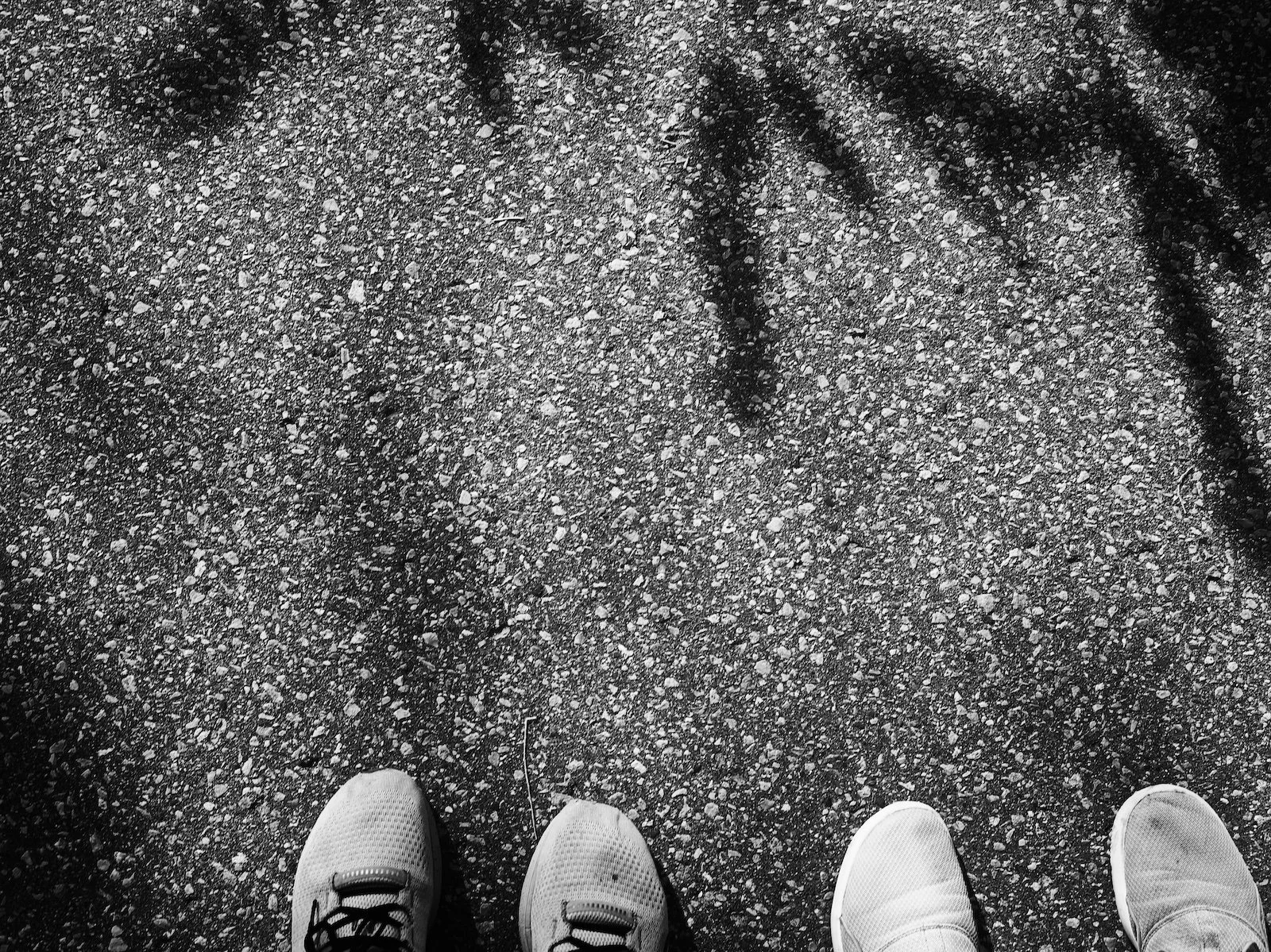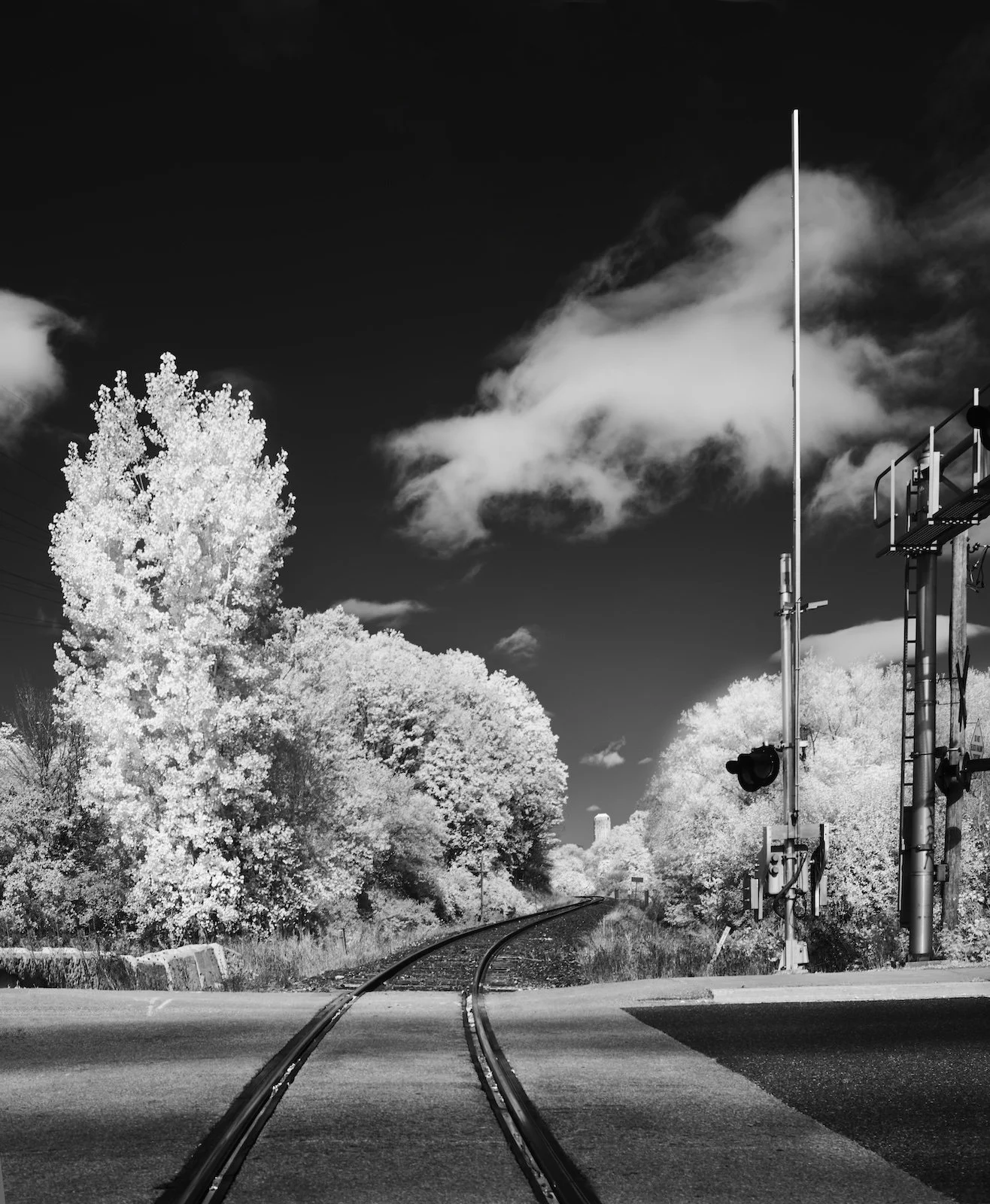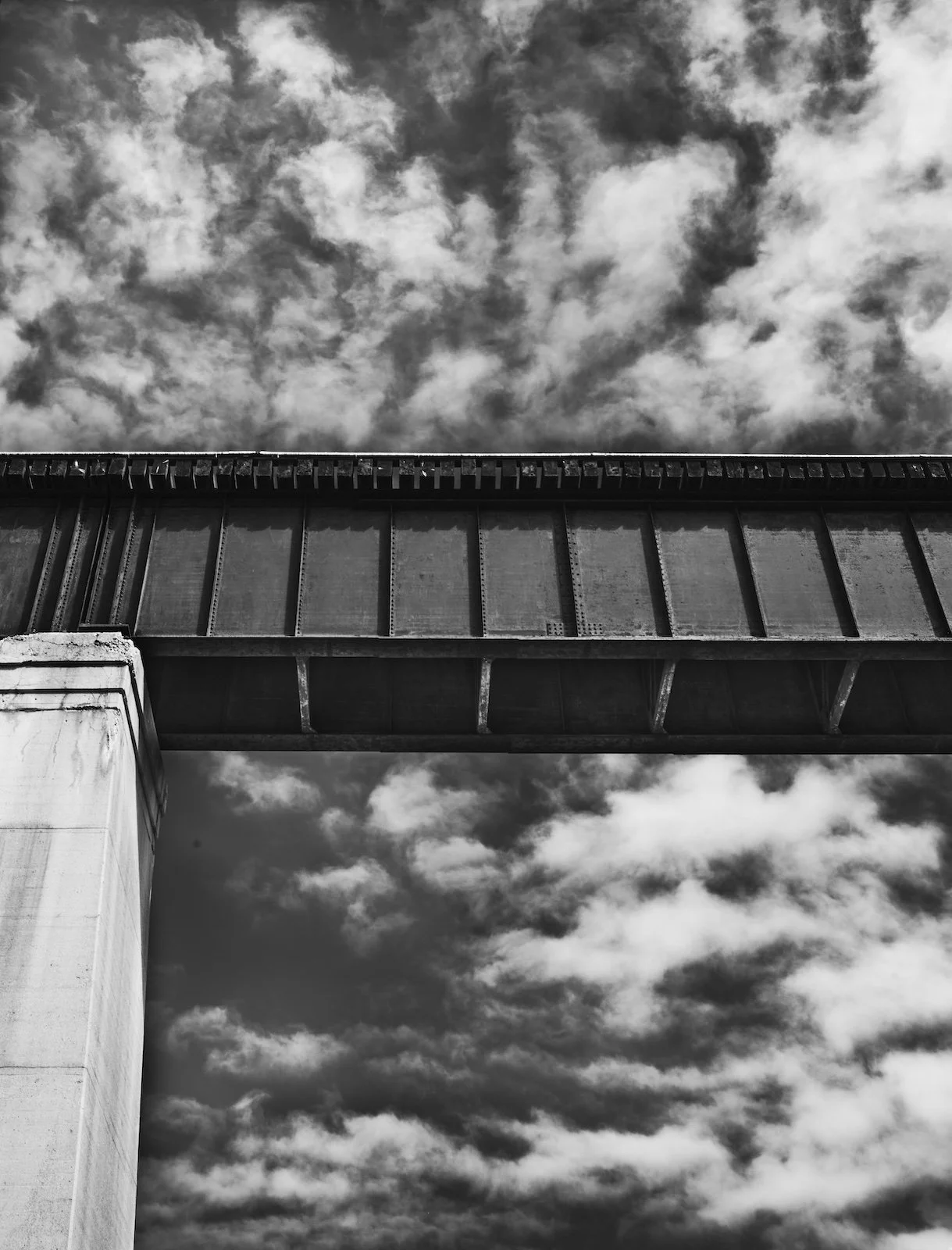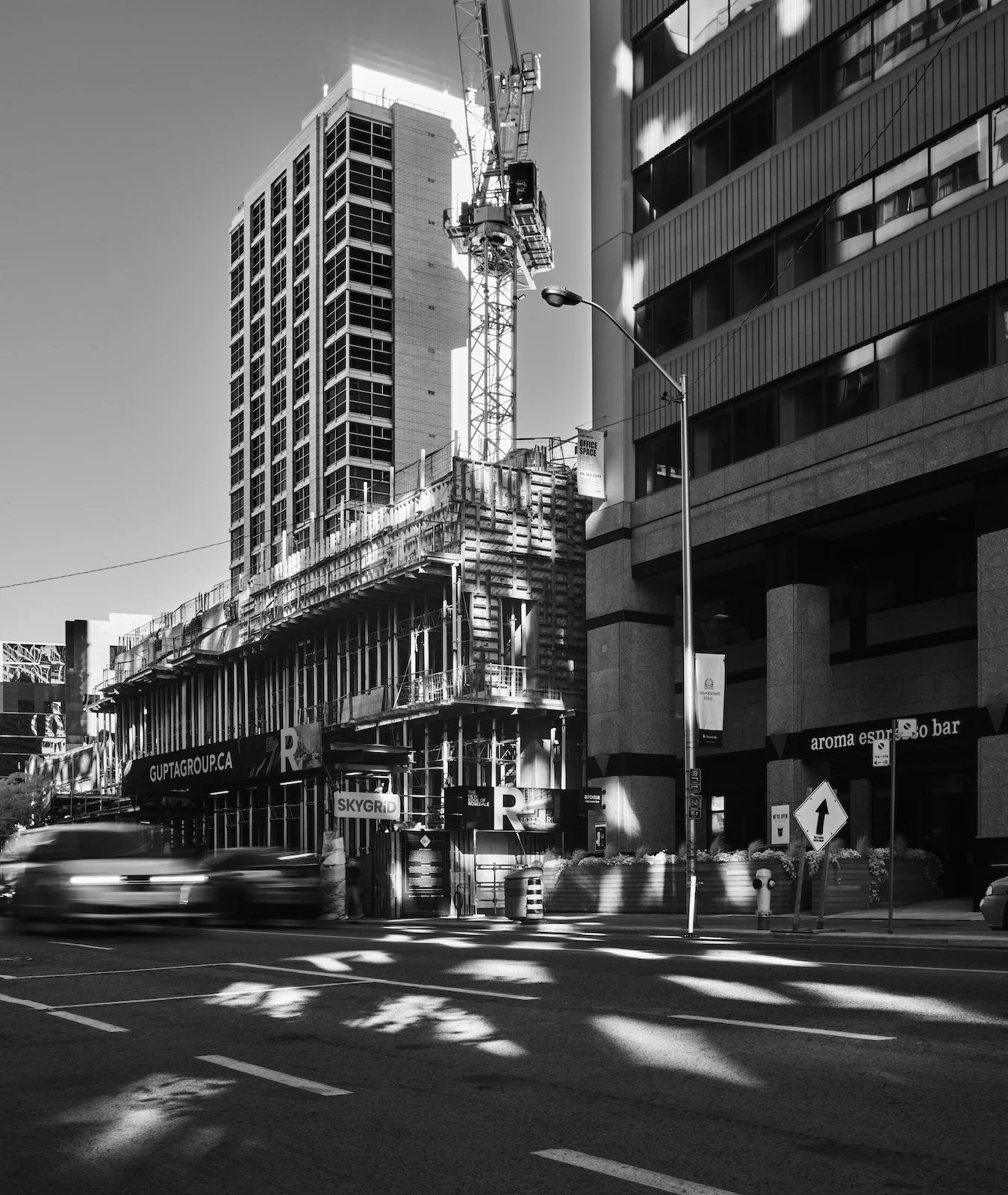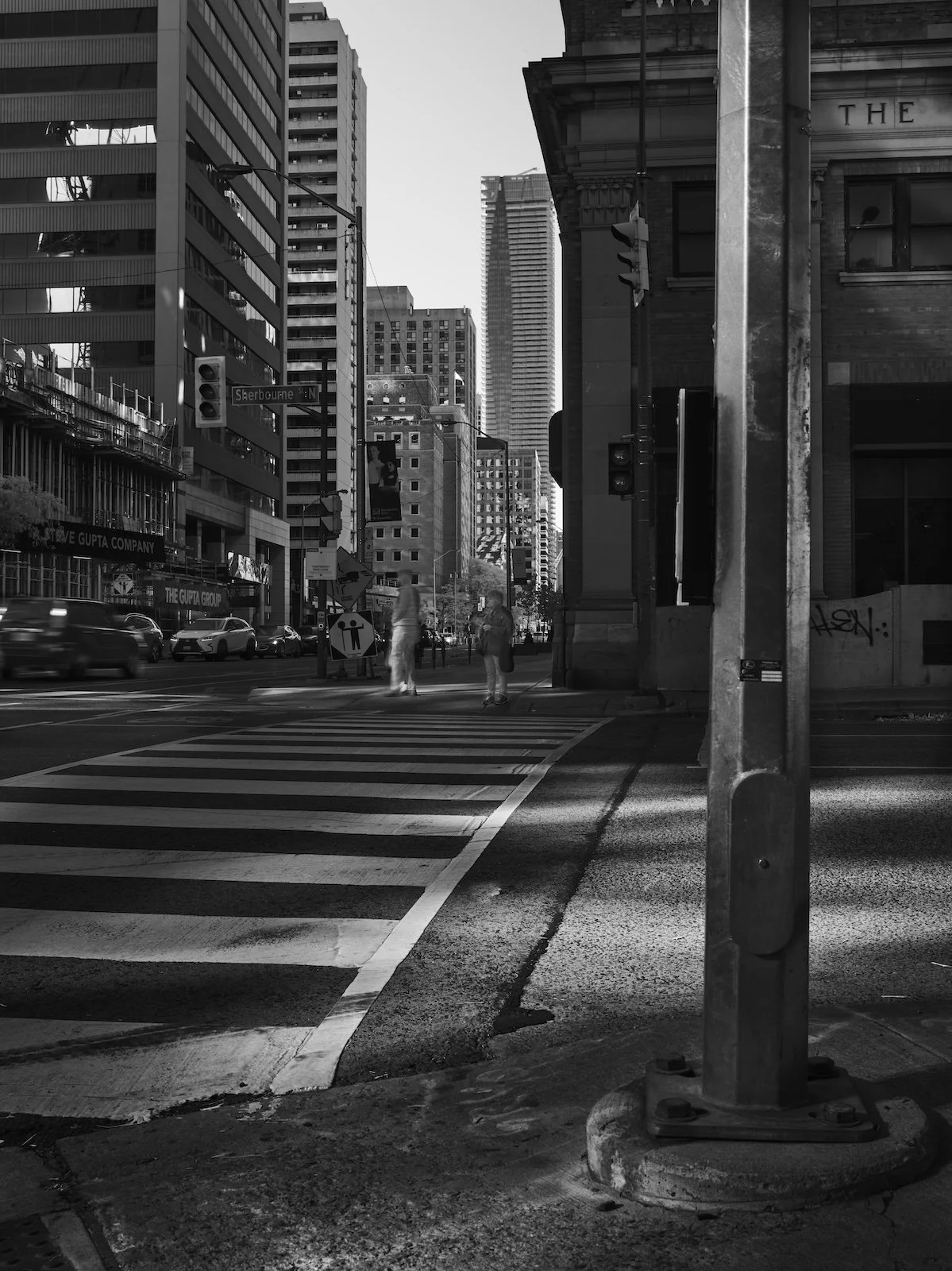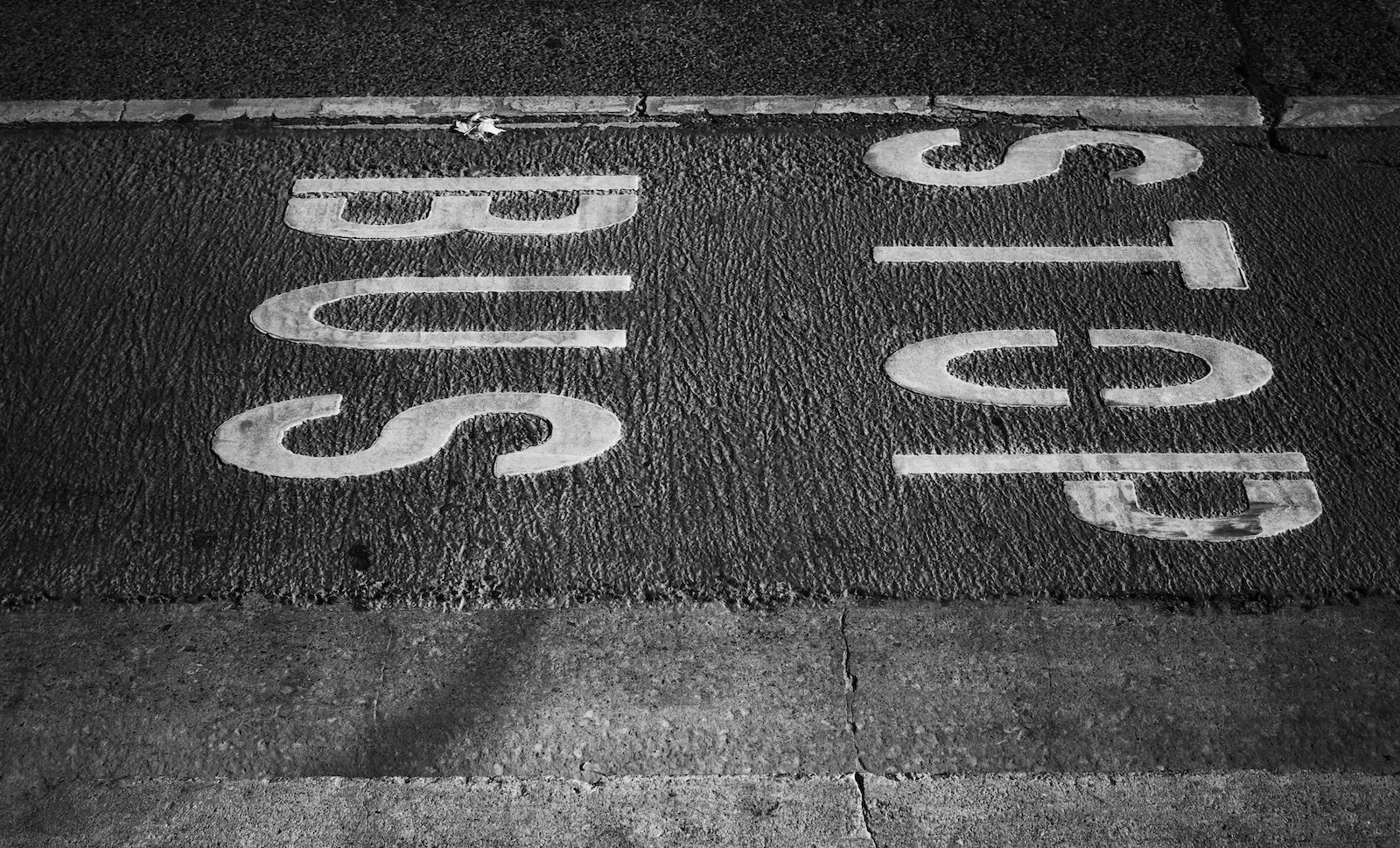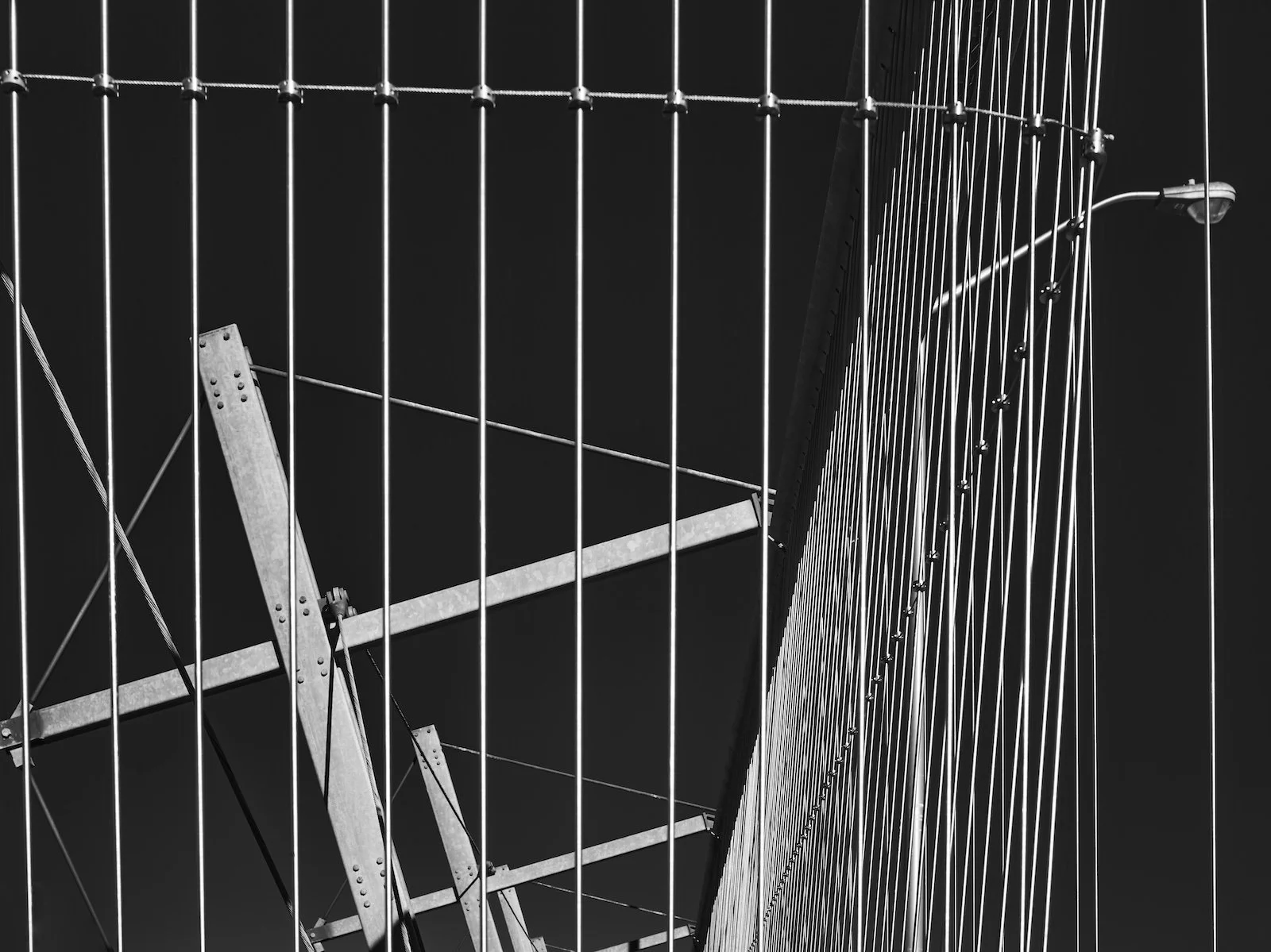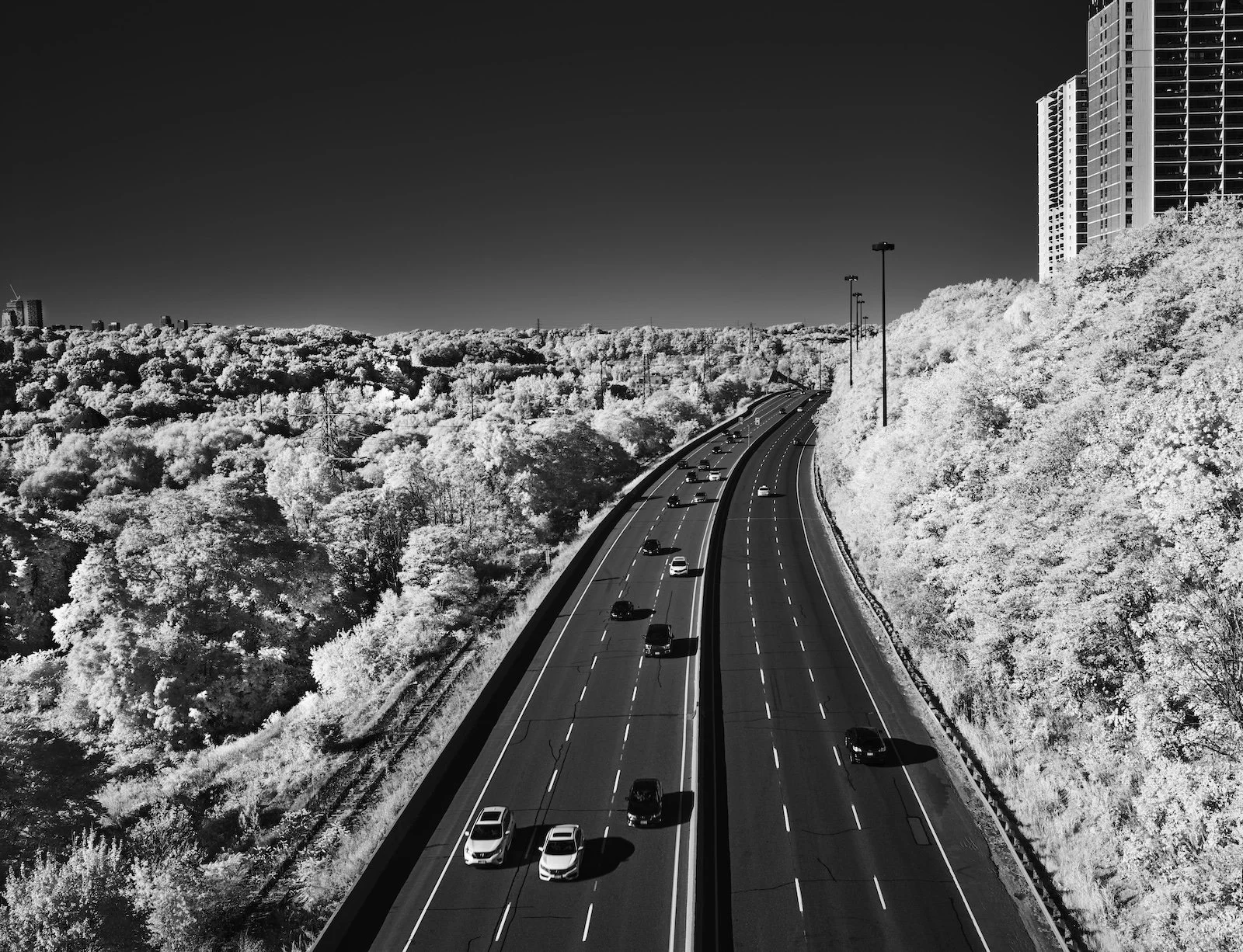Pottery Road to Bloor
The Love of Toronto
Toronto is my home which I share with some 3 Million others. The Greater Toronto area has a population of 7 million. While the Golden Horseshoe (west end of Lake Ontario to Georgian Bay) is just over 10 Million population or about 25% of the population of Canada. Remarkably, the Golden HorseShoe covers only 0.0034 % of the area of Canada. That is a remarkable concentration considering how much space there is. Humans really like to cluster.
The richness, history and constantly evolving landscape makes Toronto a visual feast. The Pottery road to Bloor Viaduct loop is a perfect balance of built-up and naturalized areas. Toronto looks like a forest from above. For those who first visit, the lushness is a surprise, for those who join us from arid countries, the green is an oasis. There is a much deeper spirit here. Toronto is the kind of place where just about everyone can find their own. It’s less a city and more of a conglomeration of small communities, easy to belong to. For many who come from small communities, Toronto is a surprise. It’s still a big city but with a lot of heart. Yet it is not for everyone.
The official start of the Pandemic was announced by the World Health Organization on March 11th, 2020. On October 11th, 2020, when this study was created, the Pandemic was in full swing with our first fall season doubling down on lockdowns, mask mandates and the regular smell of hand sanitizer. Many empty nesters, including ourselves, were adapting to some or all of our adult children back in the house. The reconnection meant going for walks. Earlier on, my carrying a camera on our walks really didn’t work, but as adults, as long as our conversations happened and my intent for the photographs was clear, we found a way to make it work. The Pandemic made us slow down and for some of us, notice things differently. A lesson was learned. We can always find something in complexity but sometimes even the simplest details are beautiful. You just have to notice.
Pottery Road Railing
Today, Pottery Road is a short, steep, connection between Mortimer Avenue and the Bayview Extension.
Pottery Road started out as a walking trail into the valley in the early 1800’s eventually becoming a dirt road. Over the next century, industry evolved in the valley and a wooden bridge was built. In the early 20th century, traffic grew, especially from the Brickworks. In 1927 the wooden bridge collapsed with a heavy truck on it. In 1928, a cement bridge was built over the Don River. It’s been a paved road since. About the same time, a sidewalk with welded railing was put in to keep vehicles and pedestrians from falling down the steep sides.
A paved path to walk on and a railing for security and safety; so simple and innocuous, and yet, an anthropological moment. Separation is a such a common human trick. We separate nature from our own constructs, we create rails to keep us from falling off our constructs. We create shapes that subconsciously remind us of the deep European roots
Company
Sharing a walk with someone is as natural as breathing. We wear shoes that protect us from the pavement and socks that protect our feet from the shoes. The shoes are man-made, the socks are man-made, the paved walk is man-made, the shapes of the shadows are made by plants relentlessly balancing the man-made. Somewhere in there is a kind of harmony I can live with and even love, especially with company.
Pottery Road and Tracks
This is the human construct at its functional finest. The roadway, the train tracks, the warning lights and crossing bar straight into the sky as the point of dynamic tension cutting the cloud like a knife into a loaf of bread. This is the complete story. Pottery road crossed by the train tracks in balance with nature as it can fit in. The blackness of the sky and the brightness of the living trees all manages to fit with our human construct. Thousands drive, bike and walk by this point every day. How few willfully noticed how incredible the circumstances are that allow this scene to exist at all.
Half Mile Bridge
The Half-Mile Bridge was built in the late 1920’s to stand the test of time. Although abandoned in 2007, the current plan is to revive the bridge for public transit use, a tribute to the build quality. As a human construct and an abstraction of human culture, it sticks out like a sore thumb for some and represents the grandeur of technology for others.
The Don River and Valley is country in the middle of the city with the Half-Mile Bridge being the constant reminder that city is in charge. The tension of the single support structure, the cloud structure being different from top to bottom segments is balanced with the split of the image by the bridge itself. The visual tension matches the real tension the bridge creates.
The Language of Reflections
These reflections only last a few minutes. To be in the presence of one is a fleeting glimpse at the incredible things that have to happen for this to exist. Humanity, Engineering, Construction, Society, Cement, the willpower for the city to exist at all and most importantly, glass windows and a street for reflections.
The language of these reflections is jewel shapes. In this rare moment the jewels are joined by some letters that look Cyrillic or Asian. Maybe the soul of Toronto is showing.
Timeless Crosswalk
It’s a film noire cinematic moment. The gritty crosswalk and lamp post take on a life of their own. The pure spirit of humanity pours out of the glowing reflections. A moment of Enlightenment. The sleuth is observing the ghostly beings on the corner. The tension of the lamp post counters the lettering on the building with the slash of light on the crosswalk. The new tower is dwarfed by the old building and connected as if plugged in. The light and the clouds move fast. The moment caught, only lasted a few seconds.
Castle Frank Station
The Toronto Subway system is a proud reminder of how Toronto evolved from Cow-Town to the financial capital of Canada.
Castle Frank Station opened February 1966 aspart part of the subway extension. The architecture is a nod to Art Deco. My first experience in 1970 was both scary and exciting since it was the first time I had taken the subway. I remember the round entrance at the east end. This west end entrance was competed in 2012 but manages to match with the original. I remembered the first train ride and how fascinating the station and subway was. A totally new experience. I forgot all about that first time until this study.
The beauty and experience of a space never changes, just our perceptions..
Castle Frank Station Bus loop
Extending from the Castle Frank Station east entrance is the Bus shelter with a bus loop. The whole process is visible, shared, seemingly private but not. People wait. The bus comes. People get on the bus. The bus leaves. Simple design, simple function and beautiful in how the experience is open for everyone to see.
Simple form and function well executed is a human wonder.
Stop Bus
Is this a message to the driver to stop the bus, a dyslexic representation of Bus Stop” or a warning to Stop because there is, or will be, a bus. Maybe it means all 3 things, without punctuation. Simple clear language yet, what does it mean? The spirit of the city is laughing.
Sign and Street Lights
Street lights and signs, are these the icons of our civilization? Is there a city without them? Are Street Lights the epitome of civilization? Are the signs a harbinger of what the city is to become?
Maybe we need to enjoy them for what they are; a human construct that brings light at night. and direction when we are not sure.
Bloor Viaduct Veil
The Veil hides a dark past. Bridges have a way of tempting those overwhelmed with life. The support structures hint at cross like symbols? A single stainless-steel rod slices the iconic street light building a tension only the Veil can create. The Veil is the embodiment of Toronto’s political will and caring.
The Veil: The spirit of being Canadian. The political will of making the world a better place.
Don Valley Parkway
We call it the DVP and it’s one of the major arteries of Toronto. In the Human body, arteries carry oxygenated blood to power our body. On the way in, people are charged up to be visiting. On the way out, they have been charged up by the visit. For those of us who live here, it’s another way to get about.
Especially in the spring and summer months, the forest canopy covers most everything. A few tall buildings peak out but they are the exceptions. Toronto the lush.
Expectations, like intent, can drive an experience. Preconceived expectations create conceived experiences. Yet Toronto seems to defy that process more than most cities. It’s an easy city to fall in love with and call home.



